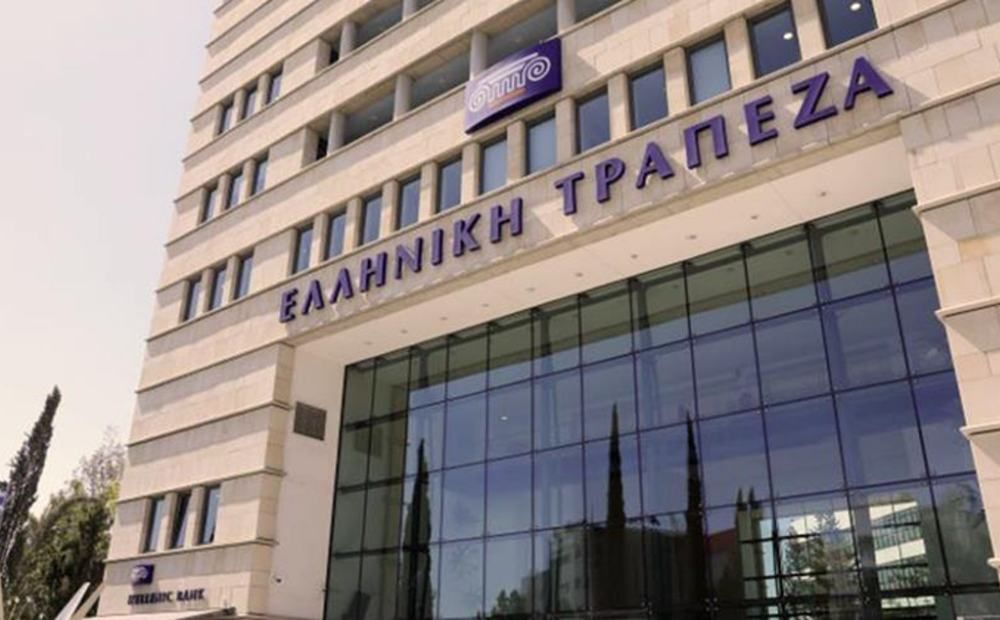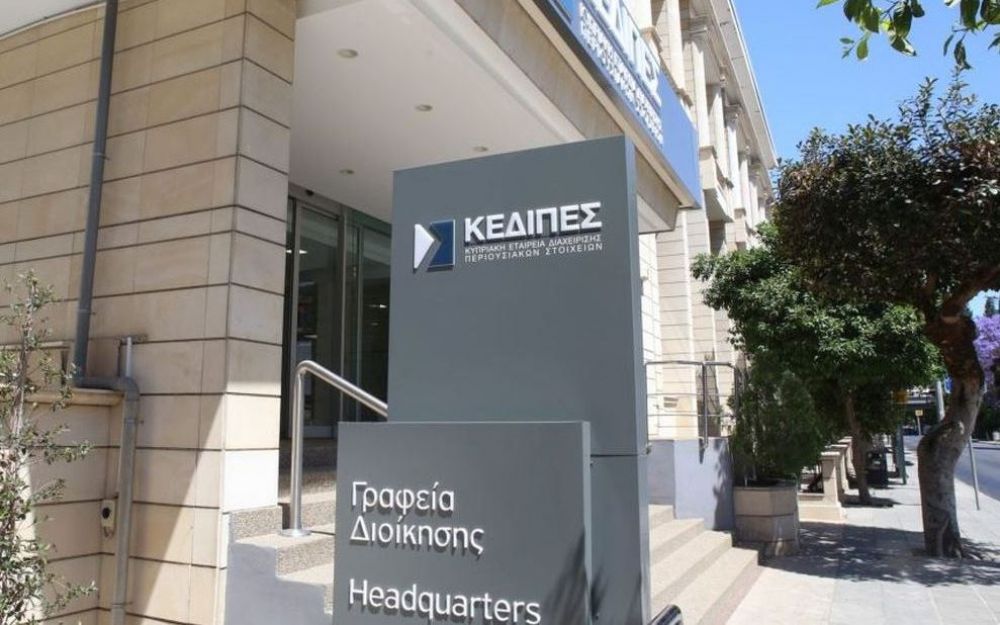
Частные инвесторы готовы возродить паромное сообщение между Кипром и Ливаном. Власти поддерживают проект, но его реализа...

В презентации годовых отчетов Bank of Cyprus и Hellenic Bank за 2024 год, размещенных на их веб-сайтах, содержатся данные о в...

Центр экономических исследований Университета Кипра пересматривает прогнозы роста ВВП и инфляции на фоне неопределенности в м...

В современных условиях международных инвестиций кипрский международный траст стал одним из ключевых правовых инструментов для...

В современном деловом мире торговая марка – это не просто название или логотип. Это ваш бренд, ваша идентичность, а зачастую ...

Президент Кипра Никос Христодулидис объявил о ряде стимулов для киприотов, работающих за границей, чтобы привлечь их обратно ...

Полное членство в Шенгенском соглашении является политическим приоритетом для Кипра, как заявил министр иностранных дел Конст...

Европейская программа инвестиций в зеленое развитие, цифровой переход, занятость населения и развитие местных инициатив Thali...

В современных условиях международных инвестиций кипрский международный траст стал одним из ключевых правовых инструментов для защиты активов, управления капиталом и планирования наследства. Благоприятная правовая система Кипра в с...

14-15 апреля члены кипрского делового клуба Successful Business Leaders’ Club (SBLC) посетили Ереван с целью укрепления деловых отношений между Кипром и Арменией. Инициатором и организатором визита стала председатель SBLC Наталия ...

Французская компания Meridiam, скорее всего, приобретет почти половину акций Great Sea Interconnector. Об этом стало известно изданию Bloomberg. Согласно изданию, Meridiam купит 49,9% акций за 1,9 млрд евро. 50,1% акций сохранит з...

На протяжении примерно двух десятилетий Элефтерия Воскариду является движущей силой маркетинга самых успешных проектов в сфере элитной недвижимости на Кипре. От запуска знаковых проектов, таких как Limassol Marina и Limassol Del M...

Алексей Медведев, руководитель компании Five Queens, – человек, который не просто строит здания, а формирует новый облик города. Его проекты не только меняют облик Лимассола, но и задают новые стандарты комфорта и качества жизни. ...

Открытие банковского счета на Кипре стало непростой задачей, особенно для иностранных граждан и бизнеса с иностранным участием. Основатель M. Target Group Одиссей Меликидис рассказывает, какие шаги помогут увеличить шансы на успеш...

В презентации годовых отчетов Bank of Cyprus и Hellenic Bank за 2024 год, размещенных на их веб-сайтах, содержатся данные о вознаграждении членов совета директоров. Зарплаты руководителей высшего звена банка более чем щедрые. Скол...

Кипрская государственная компания по управлению активами KEDIPES отчиталась о доходах за 2024 год. Также было достигнуто ключевое соглашение с Hellenic bank о прекращении действия схемы гарантий и выкупе портфеля неработающих кред...

Кипр – самая солнечная страна Евросоюза, потенциально способная полностью обеспечить себя энергией за счет природных источников. Однако сегодня мы сталкиваемся с реальной угрозой масштабных отключений электроэнергии. Почему это ст...

В первом квартале 2025 года наблюдался значительный рост продаж недвижимости – 15% в годовом исчислении. Спрос остается высоким, но предложение уже начинает соответствовать потребностям рынка. Сколько...

Частные инвесторы готовы возродить паромное сообщение между Кипром и Ливаном. Власти поддерживают проект, но его реализация зависит от согласований и сроков, которые пока не определены. Об инициа...

Центр экономических исследований Университета Кипра пересматривает прогнозы роста ВВП и инфляции на фоне неопределенности в мировой экономической обстановке. К такому же выводу пришел Международный ва...

В современном деловом мире торговая марка – это не просто название или логотип. Это ваш бренд, ваша идентичность, а зачастую и один из самых ценных активов компании. Независимо от того, ведете ли вы бизнес на Кипре или расширяетес...

Полное членство в Шенгенском соглашении является политическим приоритетом для Кипра, как заявил министр иностранных дел Константинос Комбос. За последние два года страна достигла значительного прогресса в выполнении требований Евр...

Интеллектуальная собственность – один из ключевых активов современного бизнеса. На днях Верховный суд Кипра принял решение, которое может существенно повлиять на сферу интеллектуальной собственности в стране. Это решение подчеркну...

Второй по счету и последний в 2025 году экзамен на знание основных элементов современной политической и социальной реальности Кипра пройдет 5 июля. В соответствии с поправками к Закону об иностранцах и иммиграции, этот экзамен нуж...

Фильм Motherwitch Миноса Папаса, снятый на Кипре, прошел отбор для категории жанрового кино Frontières и будет показан в Каннах. Картина была снята при помощи государственной программы стимулов для киностудий, желающих работать на...

Исследование профсоюза СЕК, проведенное Университетом Никосии, показало, что подавляющее большинство населения острова недовольно своей зарплатой и испытывает финансовые трудности, либо не имеет возможности откладывать деньги. Как...